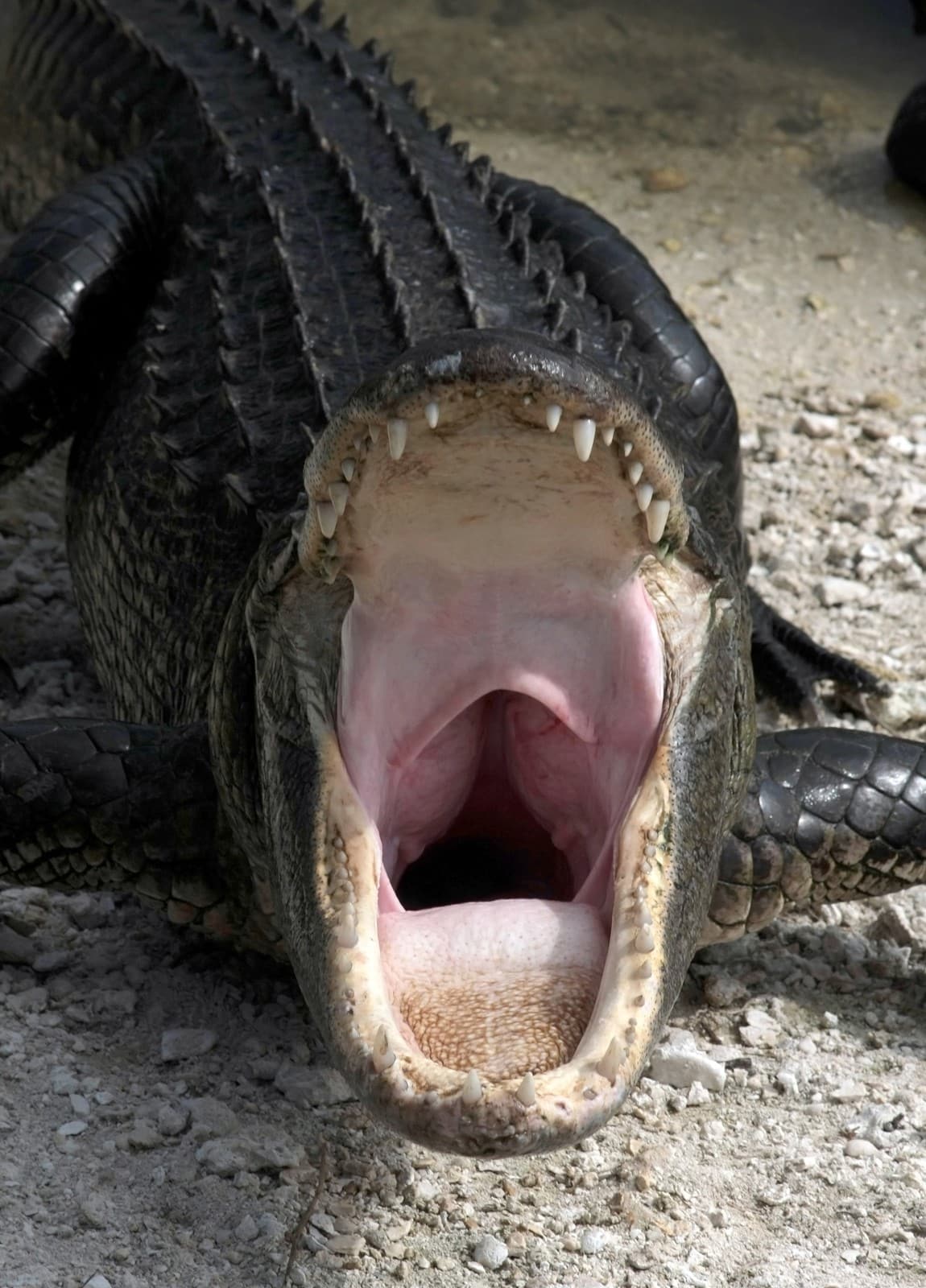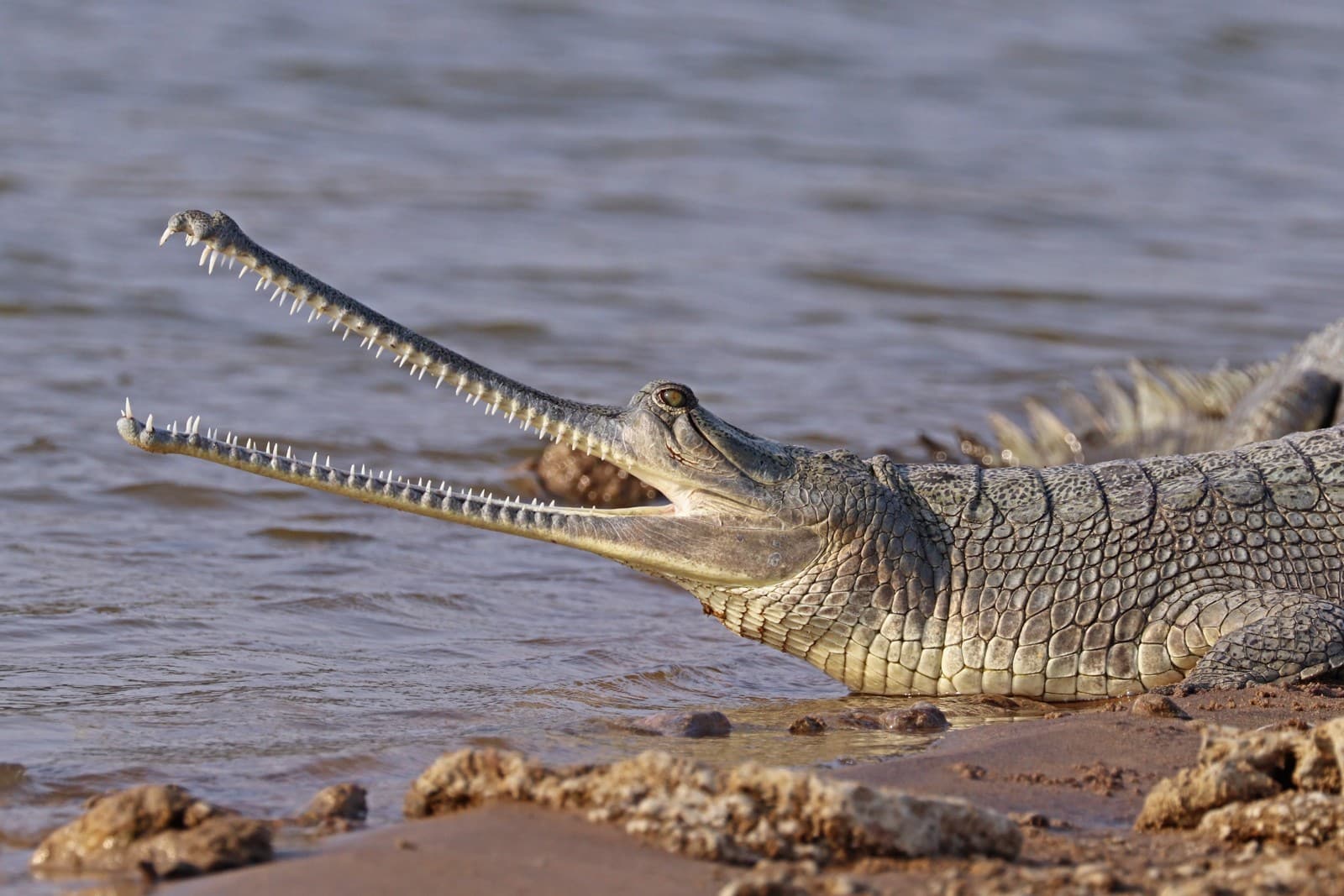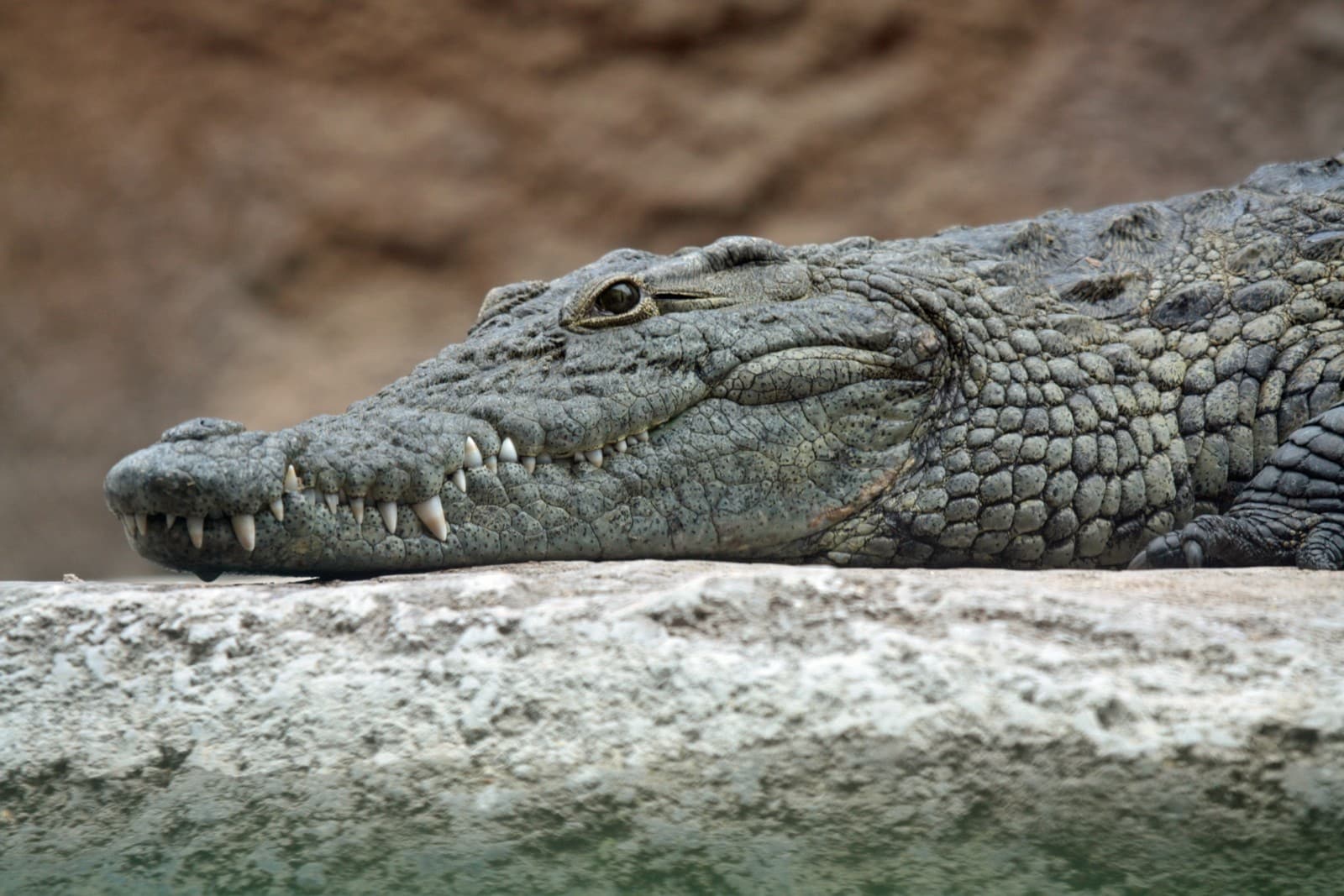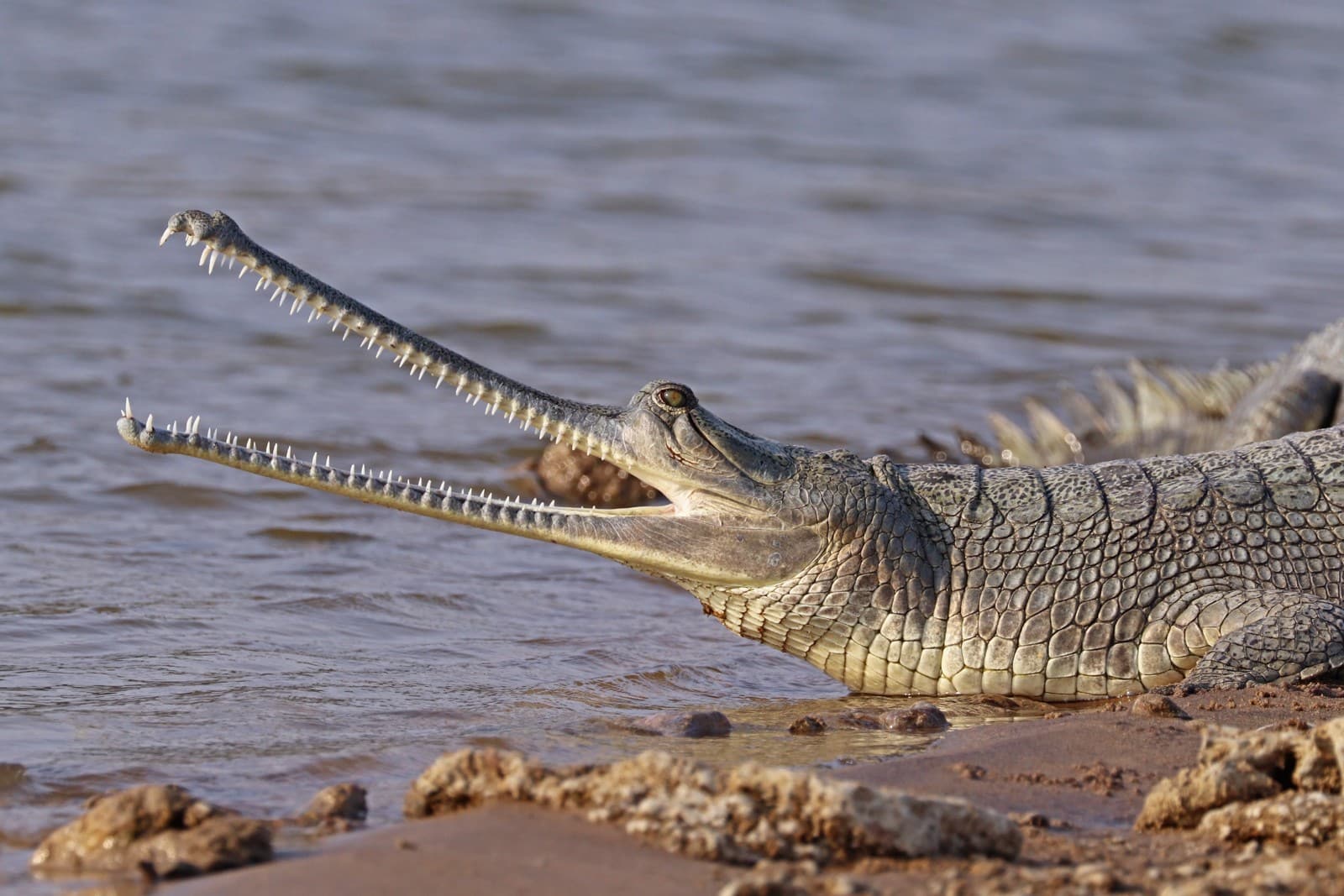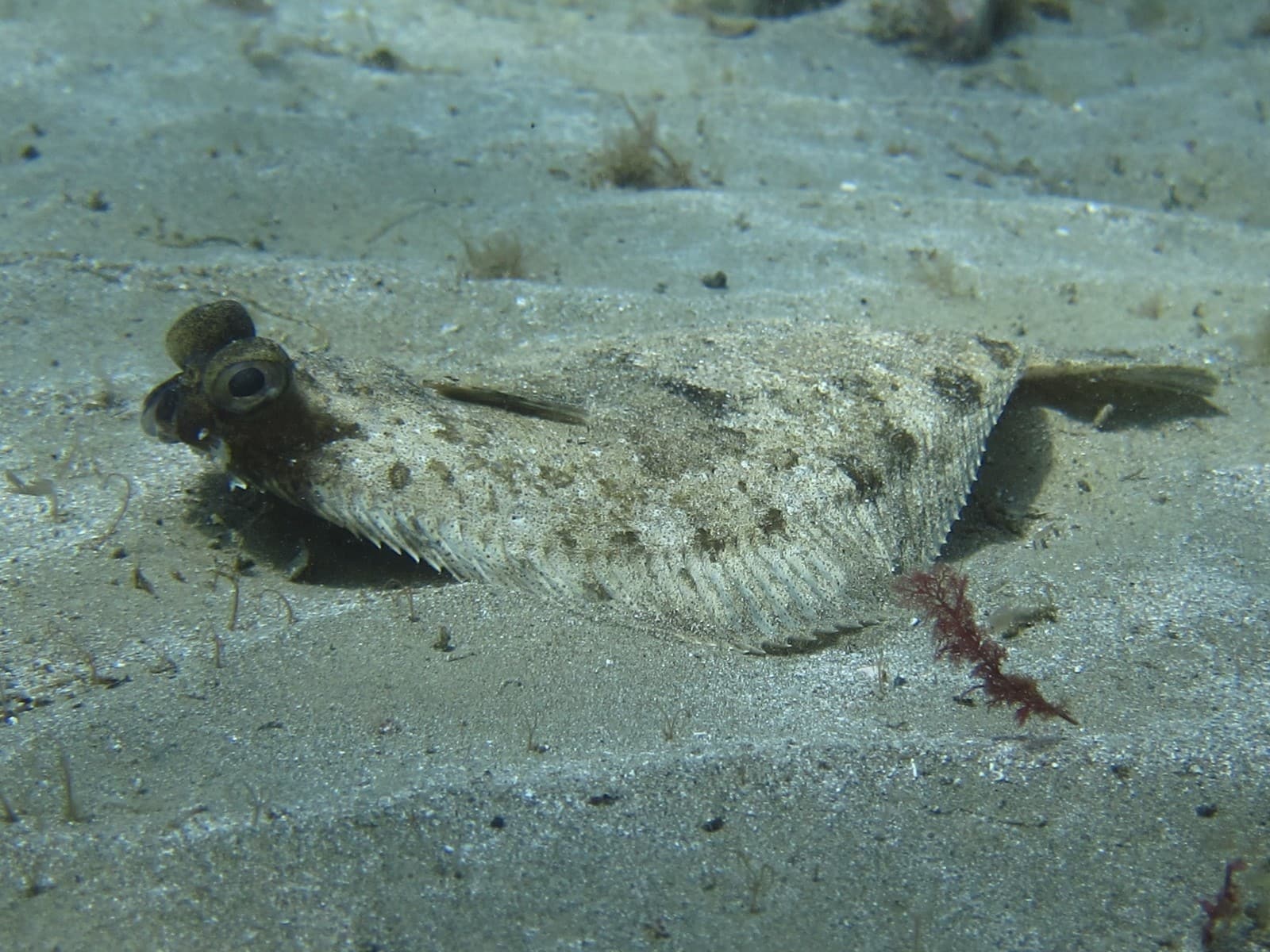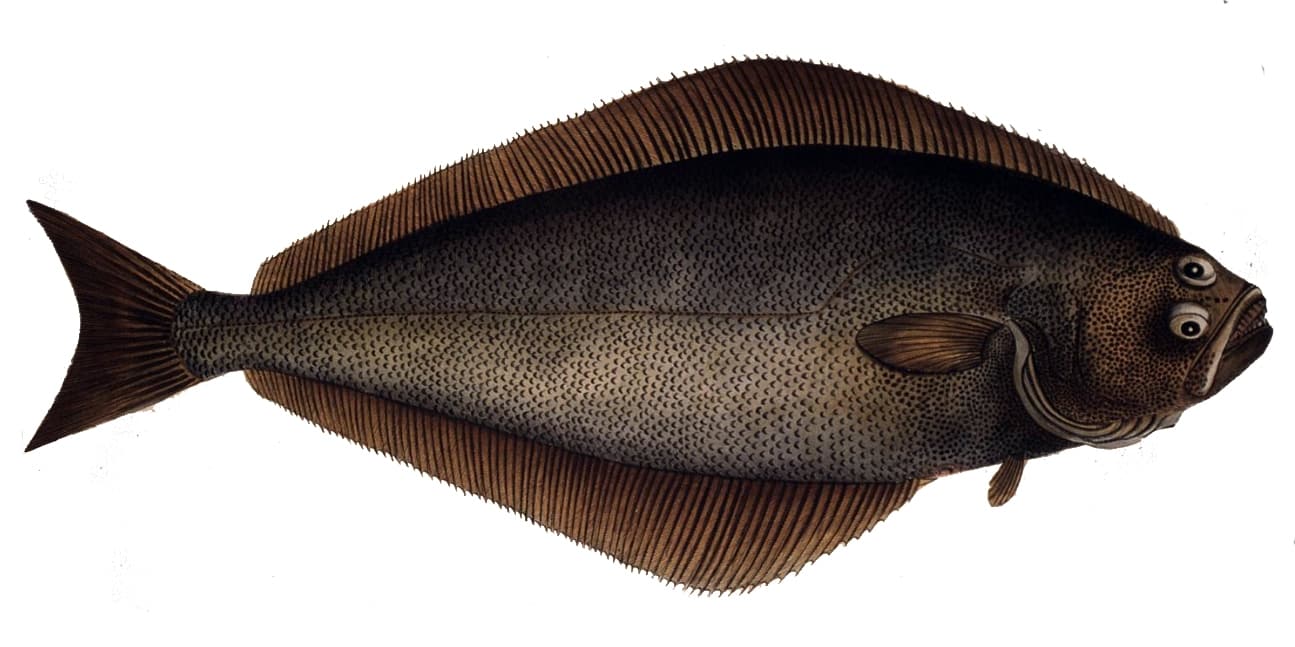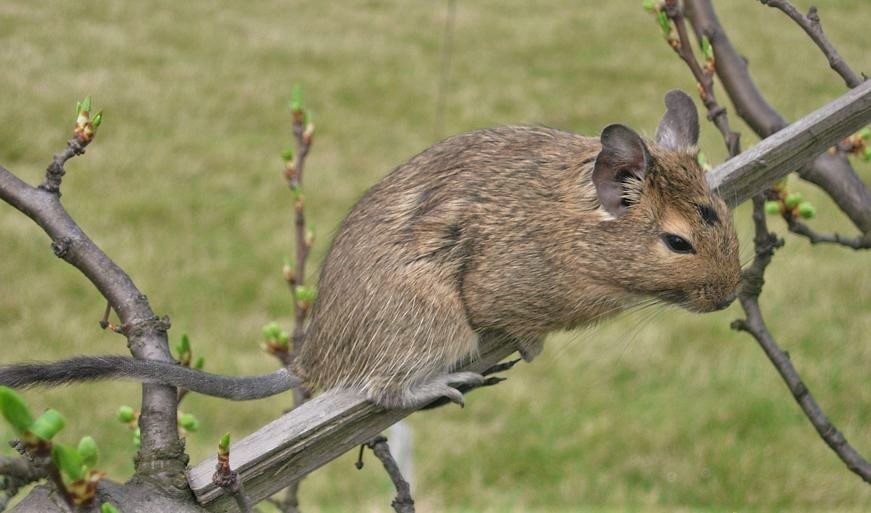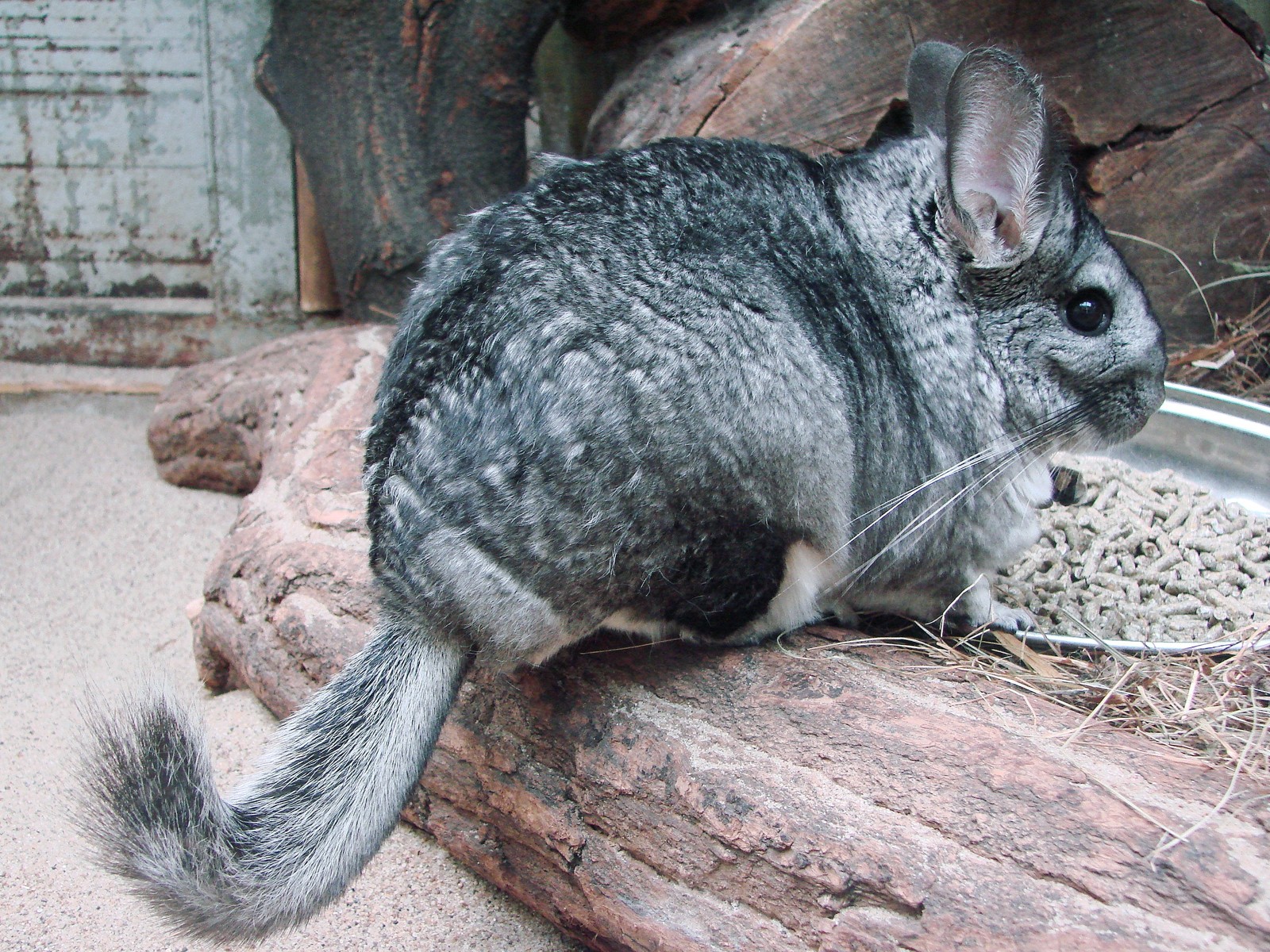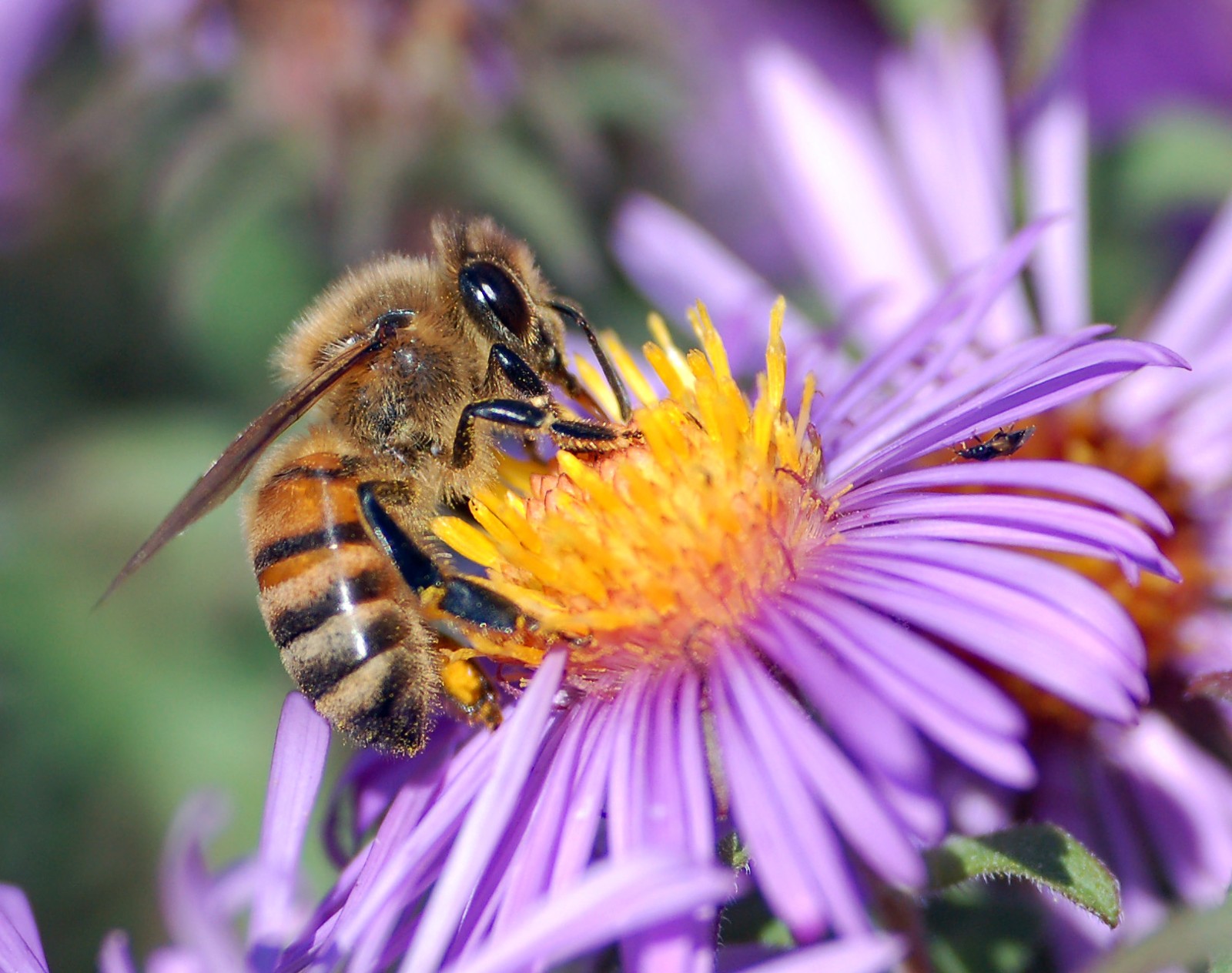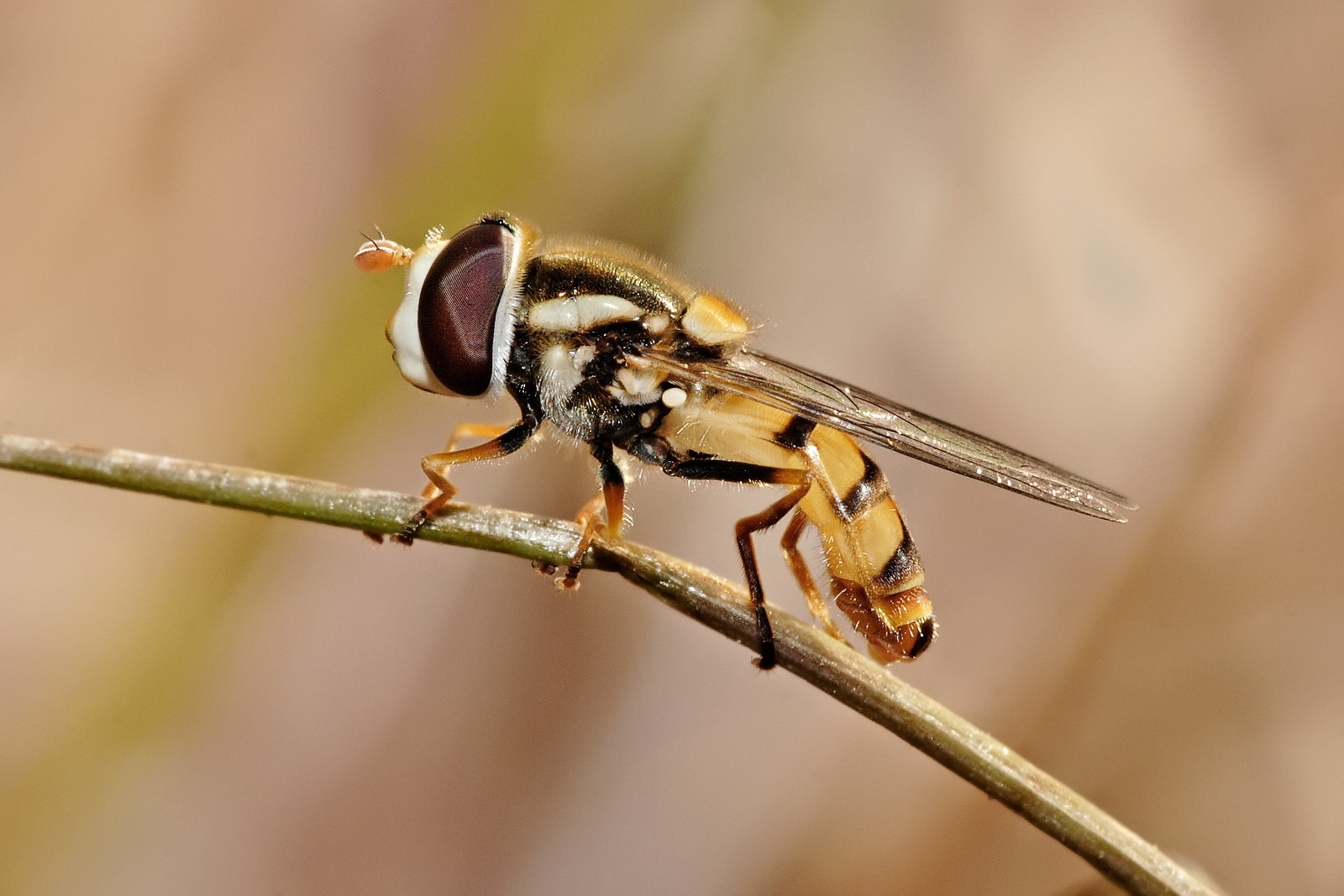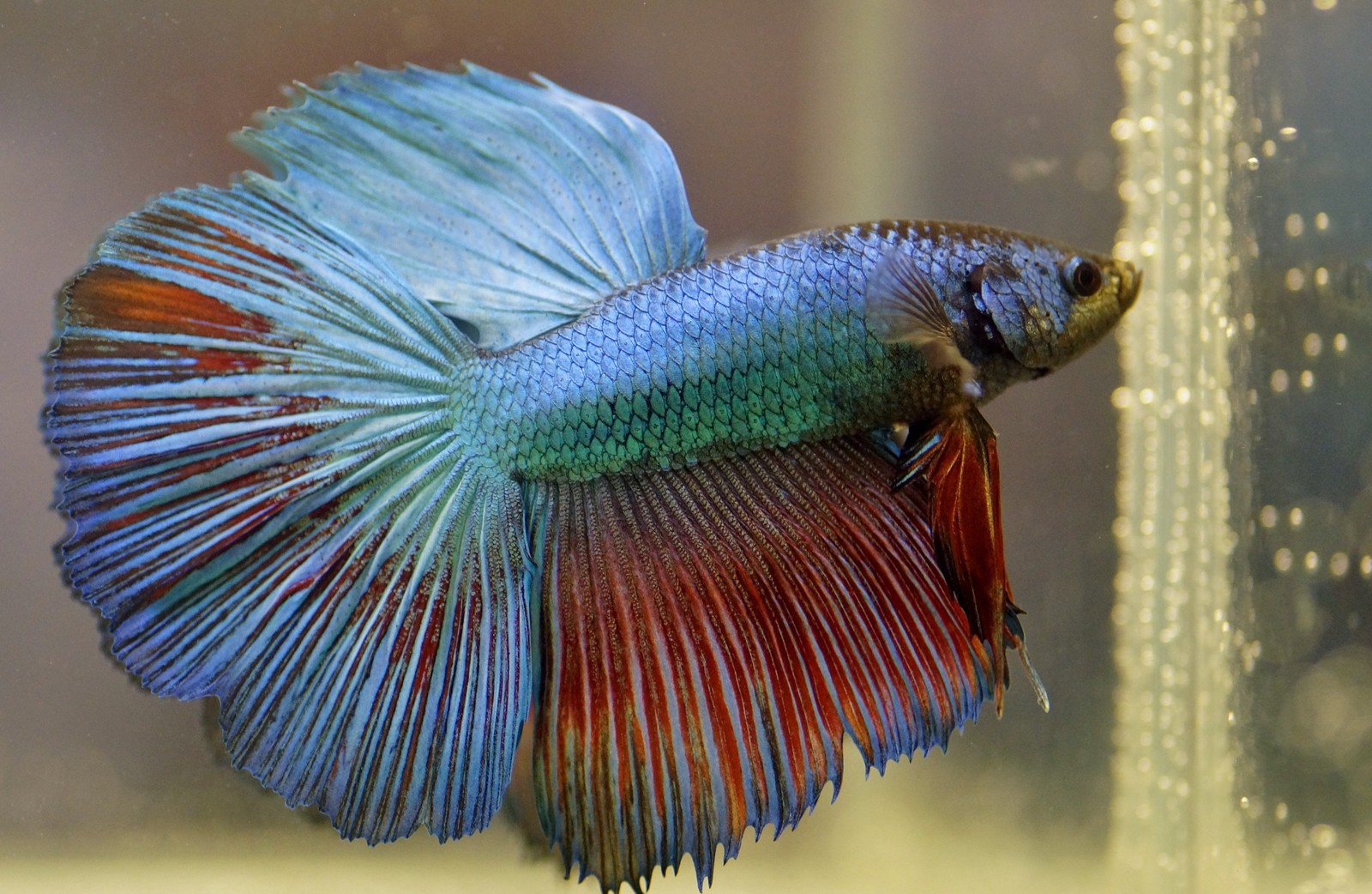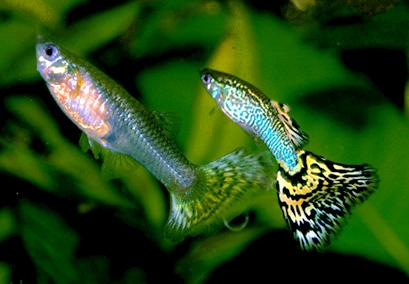Gharial vs False Gharial: A Complete Comparison
Despite their similar names and appearances, the Gharial and False Gharial represent two distinct species of crocodilian with fascinating evolutionary adaptations. The Gharial (Gavialis gangeticus) reaches lengths of up to 20 feet (6.1 meters), making it one of the longest crocodilians, while the False Gharial (Tomistoma schlegelii) typically grows to 13-16 feet (4-5 meters). These remarkable reptiles, though often confused, display distinct characteristics that set them apart in their respective ecosystems.
When comparing Gharial vs False Gharial, the most noticeable difference lies in their snout shape and dental arrangement. The Gharial possesses an extremely narrow, needle-like snout specialized for fishing, whereas the False Gharial features a broader, more versatile snout that enables a more varied diet. These adaptations reflect millions of years of evolution in different geographical regions and ecological niches.
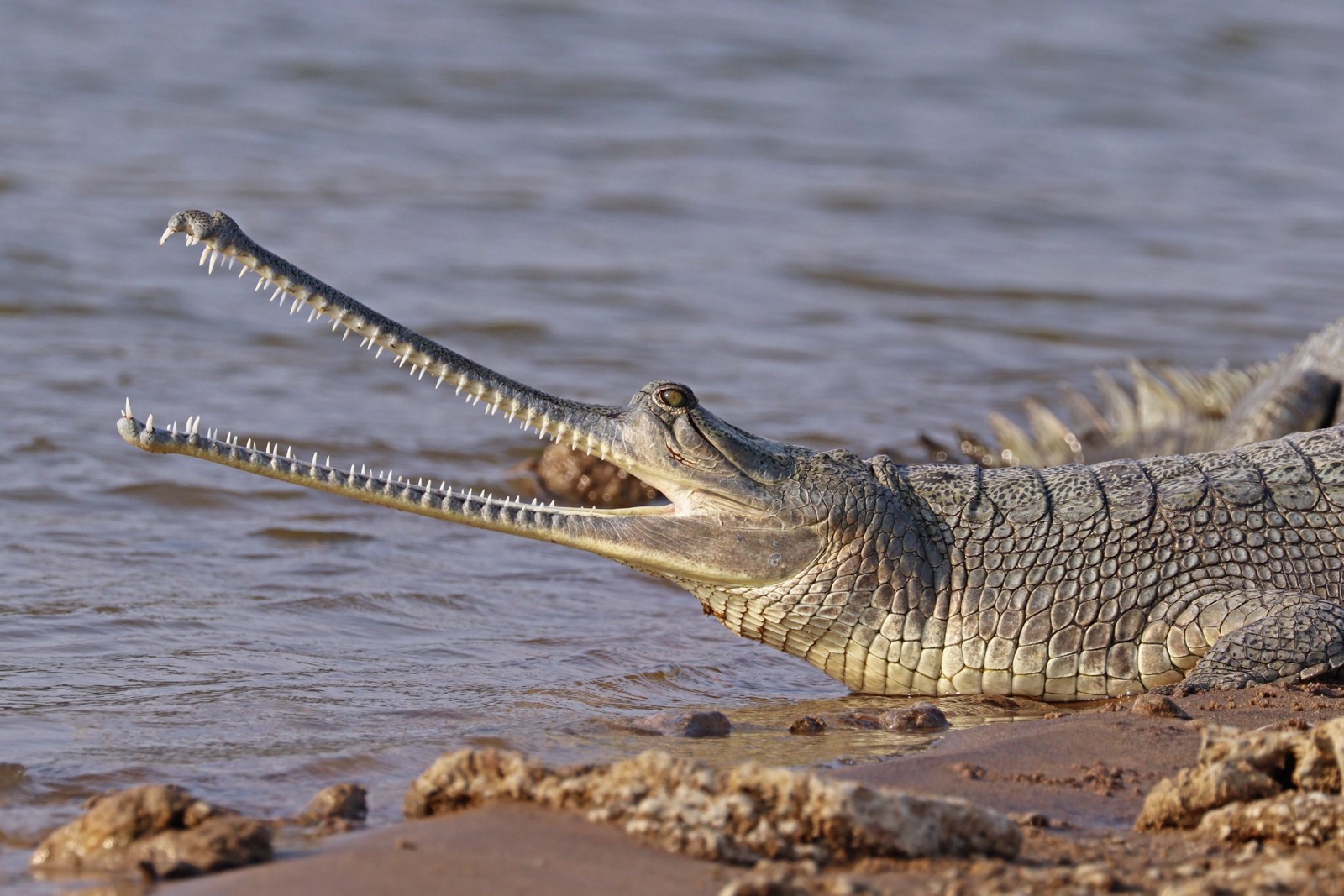
© Charles J. Sharp / CC BY-SA 4.0
The Gharial, photographed here in its natural habitat, showcases its distinctive needle-thin snout packed with sharp, interlocking teeth perfectly adapted for catching fish. This critically endangered species represents one of nature’s most specialized predators.
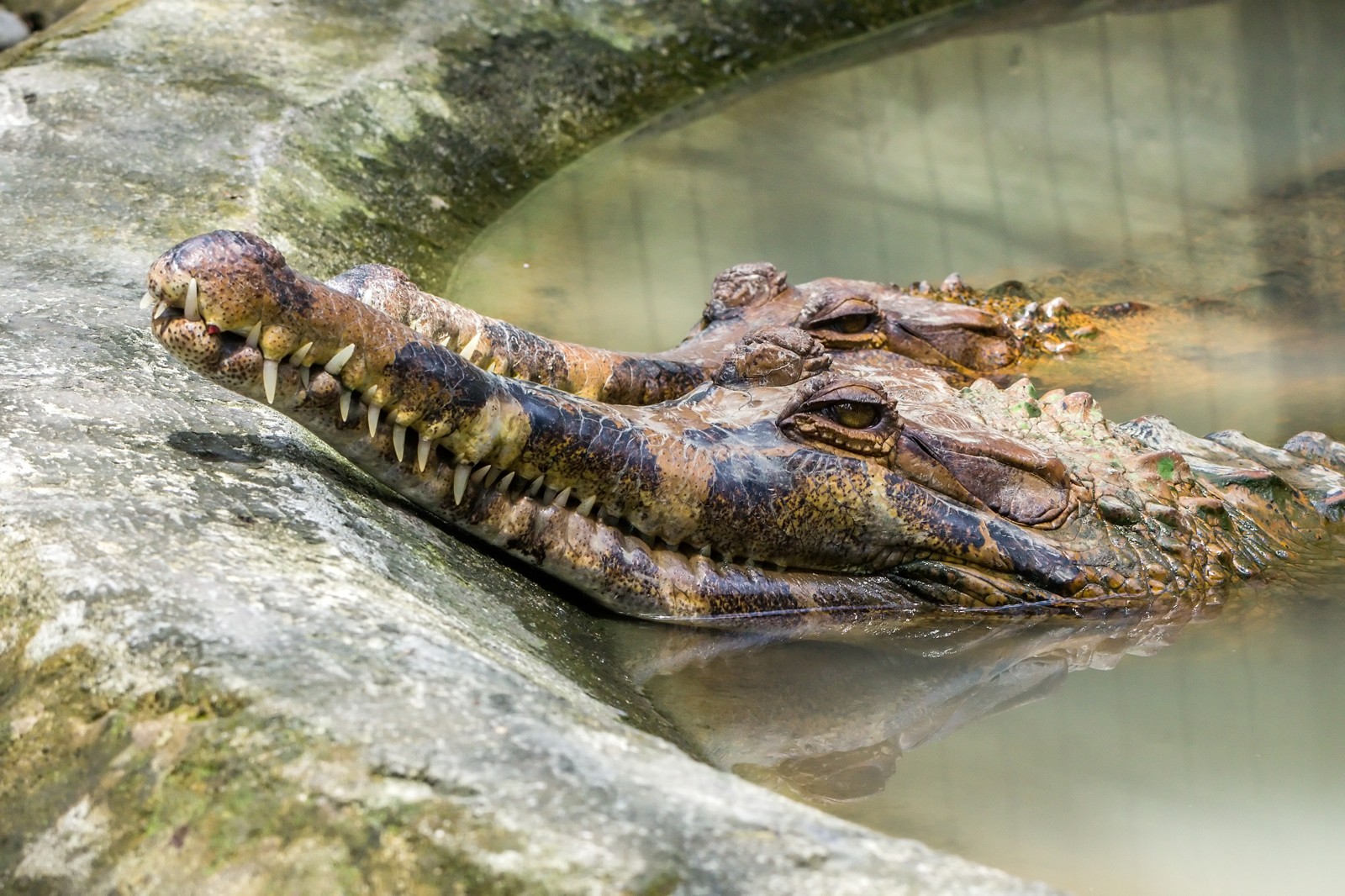
© Crisco 1492 / CC BY-SA 4.0
The False Gharial exhibits a broader snout compared to its Indian cousin, allowing for a more diverse prey selection. Note the distinctive scale patterns and more robust jaw structure that characterizes this Southeast Asian species.
Key Differences Between Gharial and False Gharial
| Feature | Gharial | False Gharial |
|---|---|---|
| Maximum Size | 20 feet (6.1 m) | 16 feet (5 m) |
| Snout Shape | Extremely narrow, needle-like | Moderately narrow, broader base |
| Diet | Almost exclusively fish | Fish, crustaceans, small mammals |
| Natural Habitat | Clear, fast-flowing rivers | Swamps, lakes, slow rivers |
| Geographic Range | Indian subcontinent | Southeast Asia |
| Conservation Status | Critically Endangered | Vulnerable |
Habitat and Distribution
Gharials inhabit the northern Indian subcontinent’s river systems, particularly the Ganges, Brahmaputra, and Mahanadi rivers. These ancient reptiles require clear, fast-flowing waters with sandy banks for basking and nesting. In contrast, False Gharials prefer the slower-moving waters of Southeast Asia, including Malaysia, Indonesia, and southern Thailand, where they inhabit swamps, lakes, and slow-moving rivers.
Hunting and Feeding Behavior
The Gharial’s specialized snout, equipped with numerous sharp, interlocking teeth, makes it perfectly adapted for catching fish, which comprises 99% of its diet. False Gharials display more versatile feeding habits, using their broader snouts to capture not only fish but also crustaceans, small mammals, and birds that venture too close to the water’s edge.
Conservation Status and Threats
Both species face significant conservation challenges, though the Gharial’s situation remains particularly dire. With fewer than 235 breeding adults remaining in the wild, the Gharial is classified as Critically Endangered. False Gharials, while faring slightly better, are listed as Vulnerable, with habitat loss and fishing net entanglement posing major threats to both species.
Physical Capabilities and Defense
Despite their fearsome appearance, neither species typically poses a threat to humans due to their specialized snouts and fishing-focused hunting strategies. However, both possess powerful swimming abilities, with Gharials capable of short bursts reaching 25 mph (40 km/h) in water. False Gharials, though slightly slower, demonstrate greater agility in navigating their swampy habitats.
Breeding and Reproduction
These species show remarkable differences in their reproductive strategies. Gharials nest exclusively on sandy riverbanks, laying 20-95 eggs per clutch. False Gharials construct mound nests from vegetation in forested swamps, typically laying 20-60 eggs. Both species exhibit parental care, with females guarding their nests throughout the incubation period of approximately 90 days.
Cultural Significance and Research
The Gharial holds particular significance in Indian culture, often associated with the Ganges River’s sacred waters. Both species have attracted significant scientific interest, contributing to our understanding of crocodilian evolution and specialized adaptation. Recent genetic studies suggest that False Gharials may be more closely related to true crocodiles than previously thought, while Gharials represent a truly ancient lineage.
Through careful observation and conservation efforts, we continue to learn more about these remarkable creatures, working to ensure their survival for future generations to study and admire.
